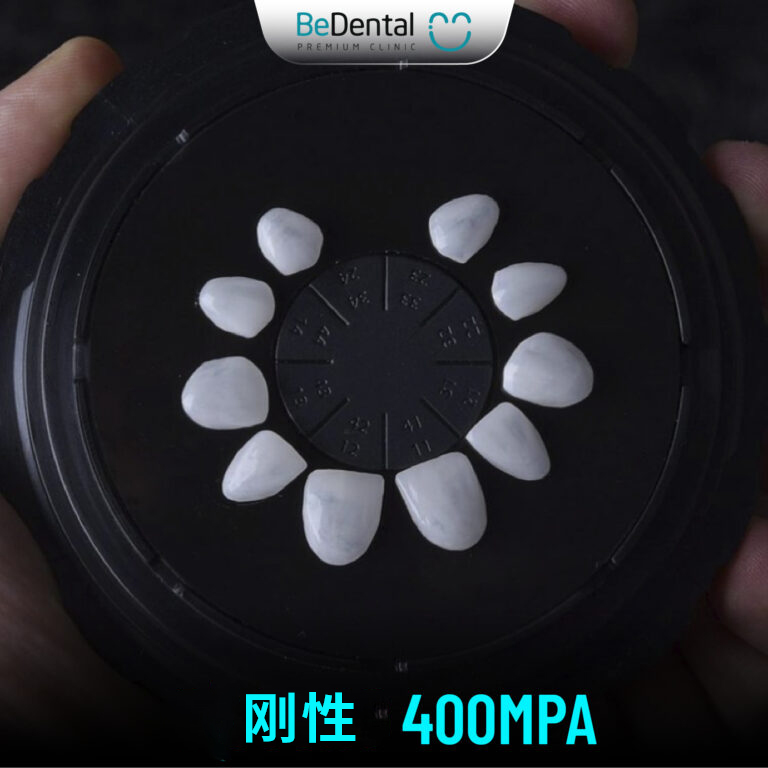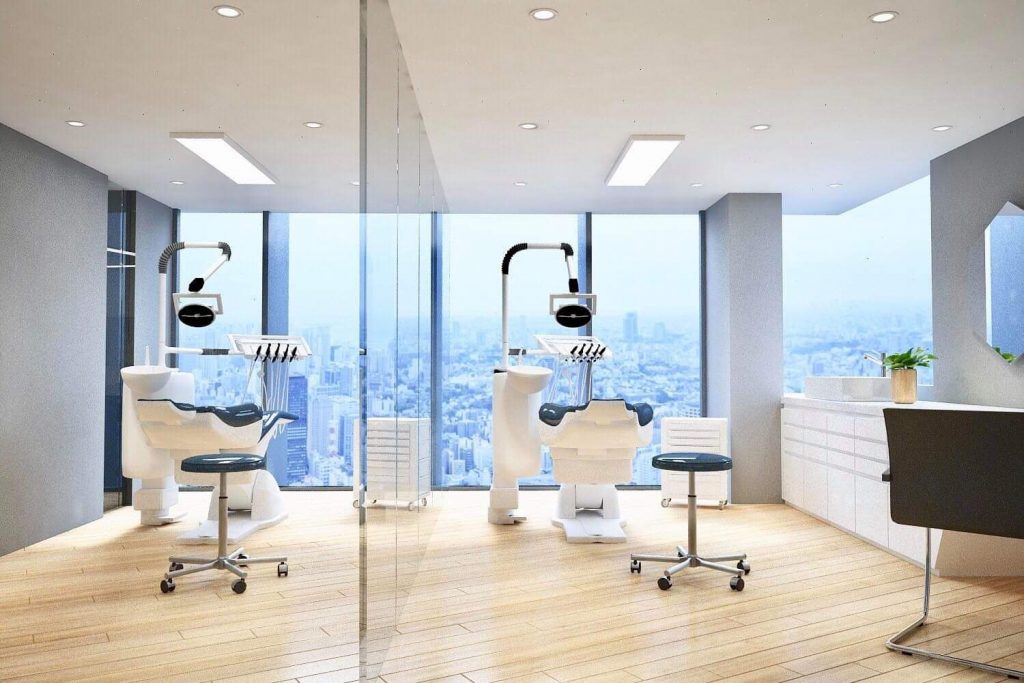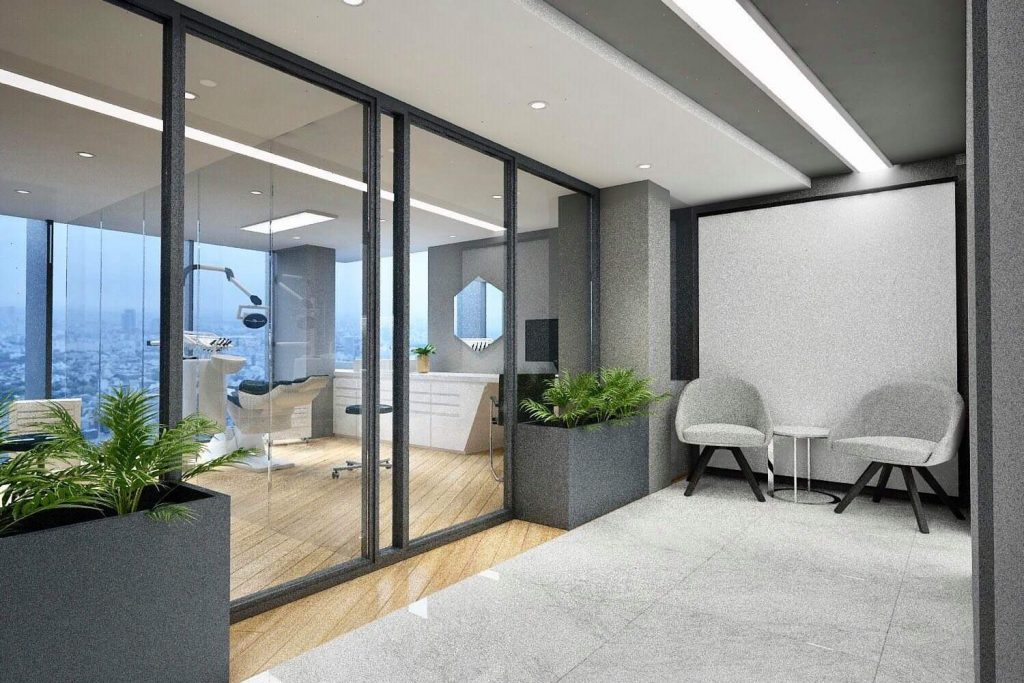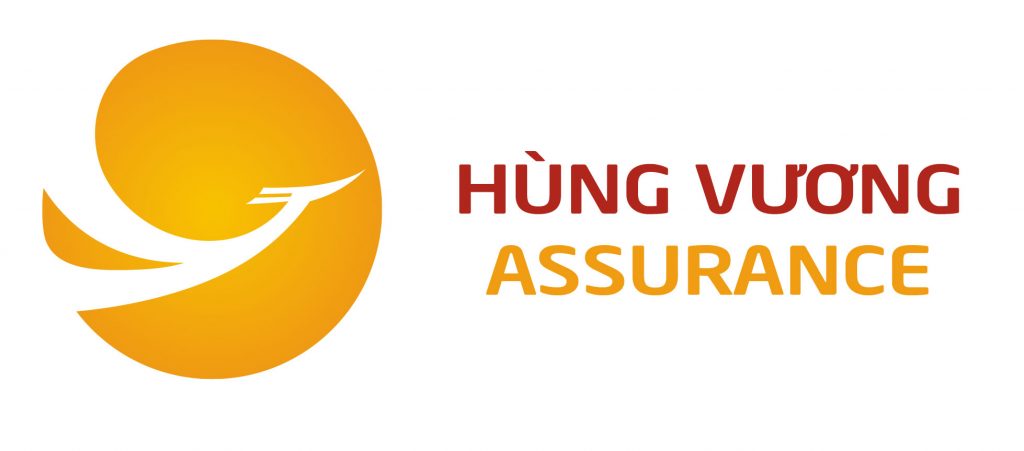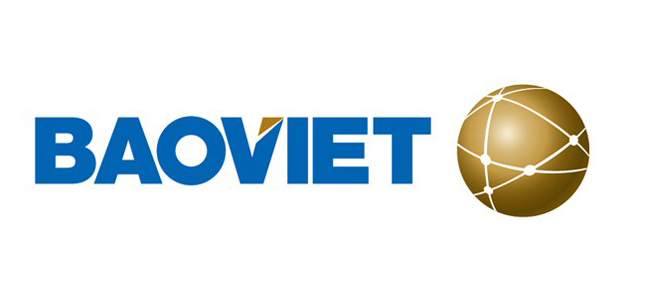
What is Sinus Lift in Implantation? What is the Sinus Lift Technique used for? When teeth are lost for too long, the jaw bone will be atrophied or degenerated and will not be eligible for implant placement. Therefore, the sinus lift technique was born to support people who have lost teeth for a long time to be able to implant normally. If you need to learn about sinus lift and bone grafting and sinus lift techniques in implant placement, do not miss the article below by BeDental. We will help you have the most detailed view of sinus lift in implant placement.
WHAT IS SINUS LIFT?
Before learning about sinus lift in implant placement, you need to understand the nature of sinus lift. Normally, the upper jaw and the right and left sides will have a maxillary sinus located inside the upper jaw bone. But in people who have lost teeth for a long time, the bone in the tooth socket has been resorbed and the maxillary sinus is lower. This will make the implant placement process difficult and unsafe.
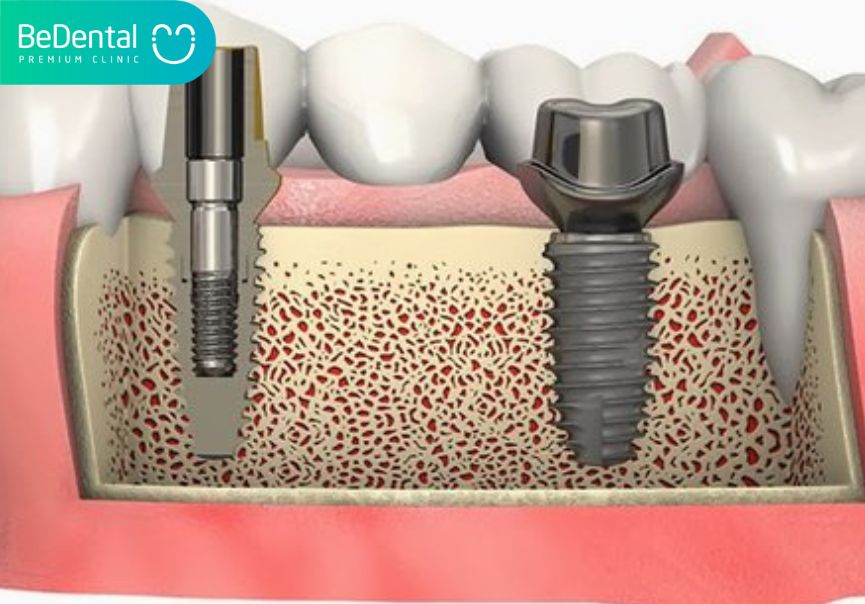
Therefore, performing the procedure is something that the dentist prescribes. Sinus lift is a procedure performed with the purpose of increasing bone volume, helping the jawbone to satisfy the conditions of height, density, and volume for implant placement. Because only when these conditions are met, the implant can stand firmly in the jawbone.
Thanks to this technique, the implant placement can quickly be compatible with the bone, while providing firm support for dental restoration on the implant to achieve the best aesthetic results.
The doctor will place autologous bone or artificial bone between the sinus membrane and the bone surface of the maxillary sinus floor. The purpose of this is to increase bone density and ensure enough position for the implant root to stand firmly.
CASES REQUIRING SINUS LIFT
Depending on the current condition, the doctor will indicate whether or not to perform sinus lift in implant placement. Specifically, the cases where this technique is necessary are:
- The upper jaw bone has not been resorbed too much but the bone mass is lacking, not meeting the requirements for continued implant placement.
- In cases of long-term tooth loss with severe bone resorption, thin bone density causes the sinus to sink too deeply.
- Patients who have lost their upper jaw teeth for a long time have caused the maxillary sinus to put pressure on the lower jaw bone. This causes the upper jaw bone to resorb, expand and not meet the conditions for implant placement.
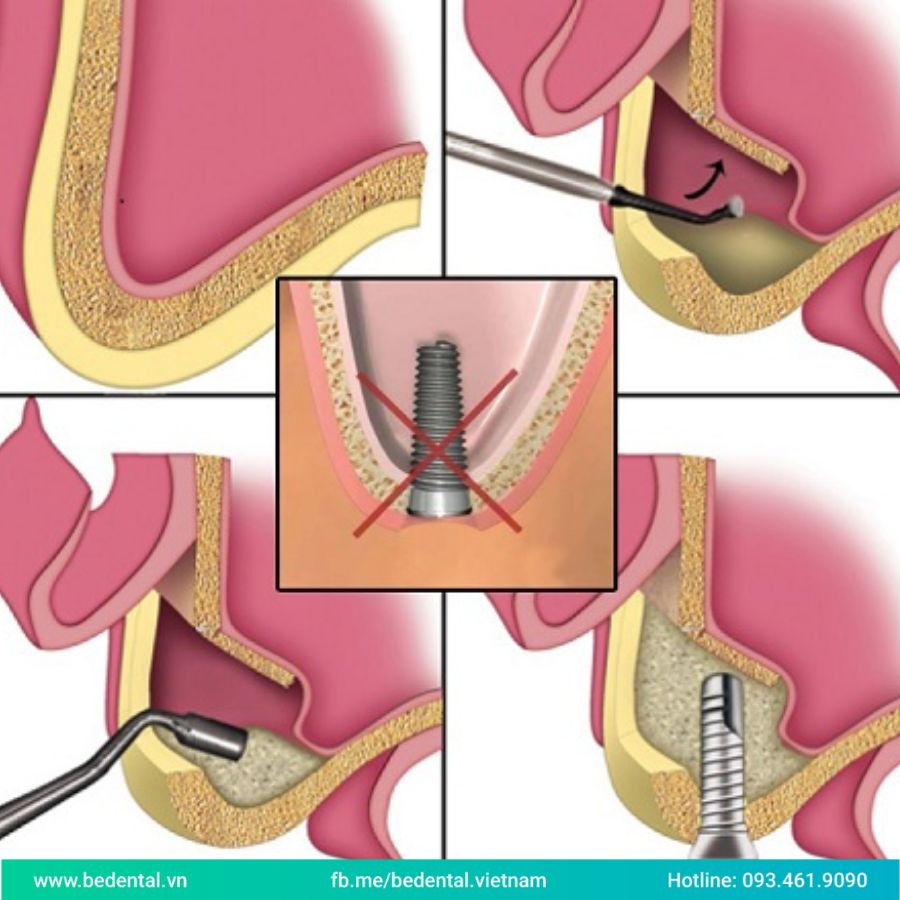
IS SINUS LIFT REALLY NECESSARY?
When knowing that they need to perform a sinus lift before implant placement, most customers feel extremely worried. Partly because of the additional cost, partly because of the fear of pain and the prolonged time for aesthetic restoration of tooth loss. Therefore, many customers intend to only implant and skip this step.
However, sinus lift in implant placement is necessary if the customer has severe bone loss or degenerated sinuses because:
- It will increase the horizontal size of the upper jaw to create a spacious space, convenient for jaw bone implantation.
- It will help ensure that the length of the implanted implant does not damage the jaw bone, and at the same time, the implant will stand more firmly in the bone.
- Thanks to this process, implant placement will be guaranteed to be safe when it can prevent complications of implant rejection or implant puncture of the maxillary sinus wall.
SINUS LIFT TECHNIQUES
1. Open Sinus Lift
- What is an open sinus lift?
An open sinus lift is also known as a lateral window sinus lift. When performing the procedure, the doctor will make an incision in the gum area next to the missing tooth, then through this position to supplement the jaw bone.
- Who should perform this procedure?
This procedure will be indicated for specific cases. Through examination, the doctor will perform it on people who have lost teeth for a long time in the upper jaw and have severe jaw bone loss, leading to jaw bone degeneration. You can completely recognize these conditions by seeing the jaw bone expand in volume, sinking deep below the resorbed bone.
In cases of severe bone loss, rough sinus floor, fibrosis, and thick sinus membrane, with deformities, and fluid in the sinus, it will not be suitable to perform. If done, it will affect the sinus membrane, so an open sinus lift is the most optimal choice.
Implementation process
To perform, the doctor will follow the following 6-step process:
- Step 1: General examination and CT scan to know the exact bone condition
Before performing sinus lift in implant surgery with open sinus lift technique, the doctor will examine to assess the current sinus condition. Through the imaging, the doctor will determine how low the maxillary sinus is, whether there is any problem with the sinus floor or whether there is fibrosis, roughness, fluid, or malformation. Then, the most appropriate treatment regimen will be given.
- Step 2: Sterilization and anesthesia
The nurse will sterilize and anesthetize the oral cavity to ensure the entire sinus lift process is safe in a sterile environment. After that, the doctor will anesthetize the area that needs to be lifted so that during the minor surgery, the patient will not have to endure any pain or discomfort.
- Step 3: Proceed to open the gums
After the anesthesia and sterilization are completed, the doctor will proceed to open the gums with the following procedure:
Incise the periosteum along the ridge of the jaw in the area of the missing tooth.
Separate the periosteum to expose the surface of the jaw bone that needs to be implanted.
- Step 4: Separate and lift the periosteum according to the previously determined plan
The doctor will use specialized dental forceps to easily separate, gently lift the periosteum and keep the periosteum in the correct position. The operation at this time must be very precise, avoiding damage to the surrounding gum area.
- Step 5: Bone grafting and fixing the position of the sinus membrane bottom
After the periosteum has been lifted, the doctor will proceed to graft bone through the drilled hole in the lower area of the sinus membrane until there is enough bone mass as previously calculated.
- Step 6: Close the mucosa and schedule an implant placement date
After this process is completed, the doctor will not proceed to implant the implant immediately but will need to close the mucosa and wait until the wound is completely healed.
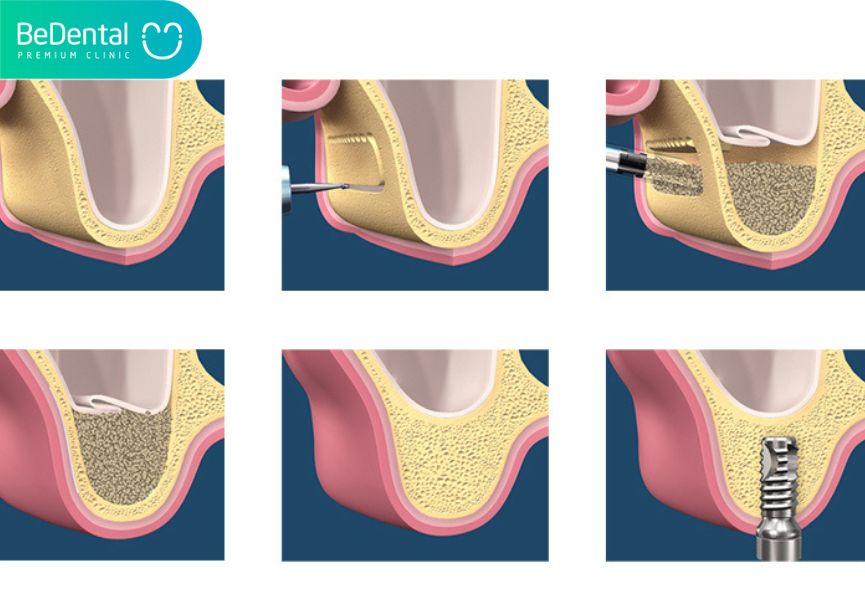
1. Closed Sinus Lift
- What is a closed sinus lift?
A closed sinus lift is a method of lifting the sinus from the inside and through the implant hole. Therefore, when performing this procedure, there is no need for too many surgeries.
When performing, the doctor will open an incision on the gum to the maxillary sinus area that needs to be lifted. Then, a small hole will be created in the bone to lift the sinus membrane. The implanted jaw bone will be inserted to fill the gap between the jaw bone and the newly lifted sinus membrane.
This technique is less invasive to soft tissue, so it will limit swelling and pain. In addition, closed sinus lift is often accompanied by the implant placement process.
To ensure safety, the hydraulic sinus lift technique combined with high-frequency ultrasound will be performed to ensure absolute safety, limit invasion and increase the effectiveness of the surgery and can be combined with implant placement in one appointment.
The hydraulic sinus lift technique is performed as follows: at the implant hole, high-frequency ultrasound waves are used to separate the sinus membrane from the sinus floor. Then, water pressure is used to push the sinus floor up.
- Who should perform this technique?
Which cases should perform this minor surgery also receive a lot of attention from customers. Below are the suitable subjects to perform it
When the maxillary sinus is lowered due to long-term jaw bone loss. In this condition, immediate bone grafting for implant placement is not possible. Therefore, the doctor will perform a sinus lift for bone grafting.
Patients who have lost their upper jaw teeth for a long time have caused the jaw bone to deteriorate more severely. In addition, because the maxillary sinus no longer has bone support, it will not be fixed as before but will be lowered.
In the case that the maxillary sinus is lowered too low or the amount of additional bone needed is not much, the closed sinus lift is the most optimal choice.
Closed sinus lift does not require too much surgical intervention, so this technique is only performed when all requirements are met: the sinus floor is not fibrous, rough, the sinus membrane is not thick, there is no fluid, there are no abnormalities.
- Closed sinus lift procedure
For the closed sinus lift procedure to be highly effective and absolutely safe, the implementation process must meet standards. Below are 7 steps of closed sinus lift performed:
- Step 1: Examination and CT scan to assess the condition of the maxillary sinus
Before performing sinus lift when implanting with the osstem closed sinus lift technique, the doctor will request a CT scan and a detailed examination to determine the level of the maxillary sinus, the amount of bone graft, and the most suitable grafting position.
- Step 2: Sterilization and anesthesia
The doctor will clean the oral cavity before performing the sinus lift. Because when the oral cavity environment is guaranteed to be sterile, the sinus lift and implant process is guaranteed to be safe.
After that, the doctor will perform anesthesia so that during the minor surgery, the patient does not have to endure any pain or discomfort. This also helps the sinus lift to be safer and faster.
- Step 3: Open the path under the tooth root
To perform a sinus lift, the doctor will open a small path with a diameter of about 3.6mm under the tooth root using a specialized medical instrument.
- Step 4: Lift the maxillary sinus up
After creating a sinus lift path, the doctor will use a specialized tube to help lift the maxillary sinus up.
- Step 5: Perform bone grafting
After lifting the sinus, the doctor will inject artificial bone inside through a specialized tube until there is enough bone for implant placement.
- Step 6: Insert the implant and suture the gum flap
Unlike open sinus lift, closed sinus lift technique can insert the implant immediately without waiting. The selected implant will be implanted to integrate with the artificial bone powder. The doctor will then suture the gum flap with absorbable sutures.
- Step 7: Follow-up X-ray
After the minor surgery, the doctor will take another X-ray to check the condition of the implant to see if there are any problems. If there is a risk of rejection or infection, the doctor will need to remove the implant immediately and wait until the bone membrane is firm again before re-inserting the implant.
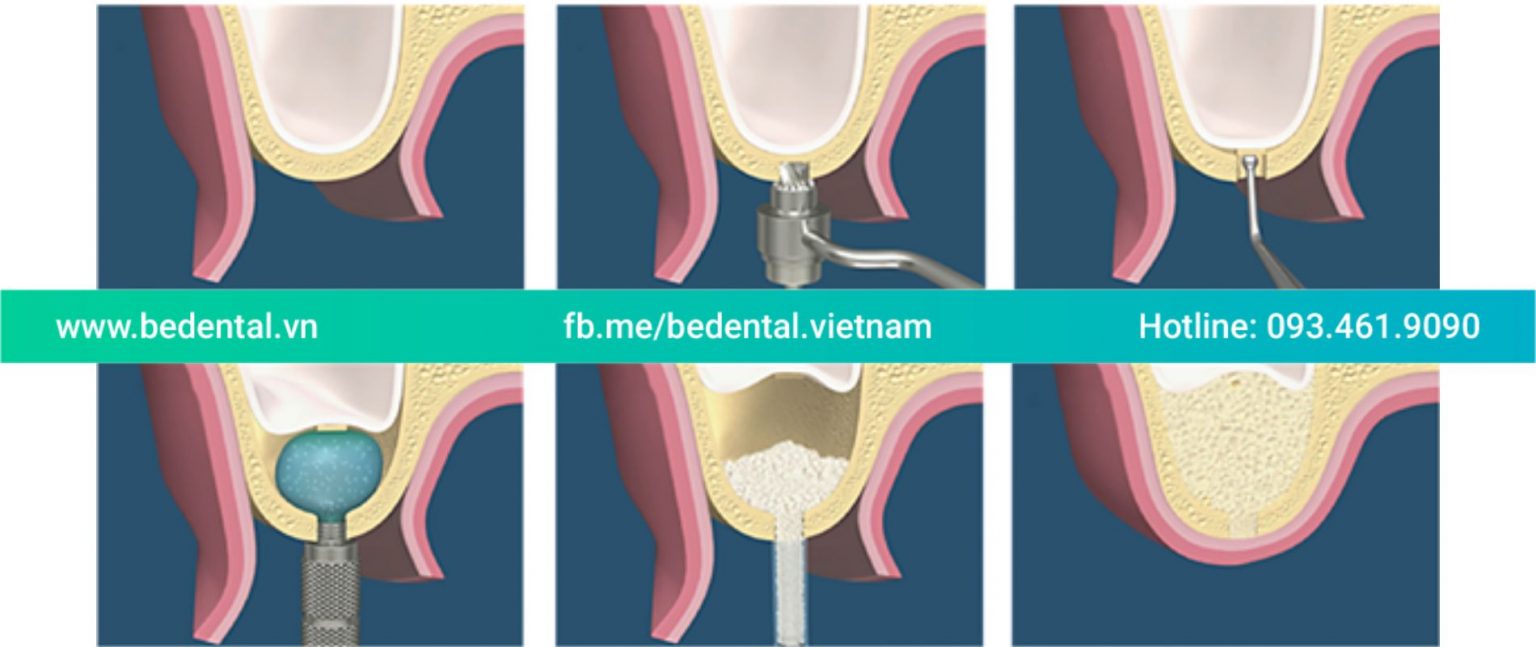
ĐỘI NGŨ BÁC SĨ CÓ KINH NGHIỆM CAO
10.000+ KHÁCH HÀNG
TÌM LẠI ĐƯỢC NỤ CƯỜI MỖI NĂM



ƯU ĐÃI NGÂN HÀNG & TRẢ GÓP RĂNG SỨ MIỄN LÃI




